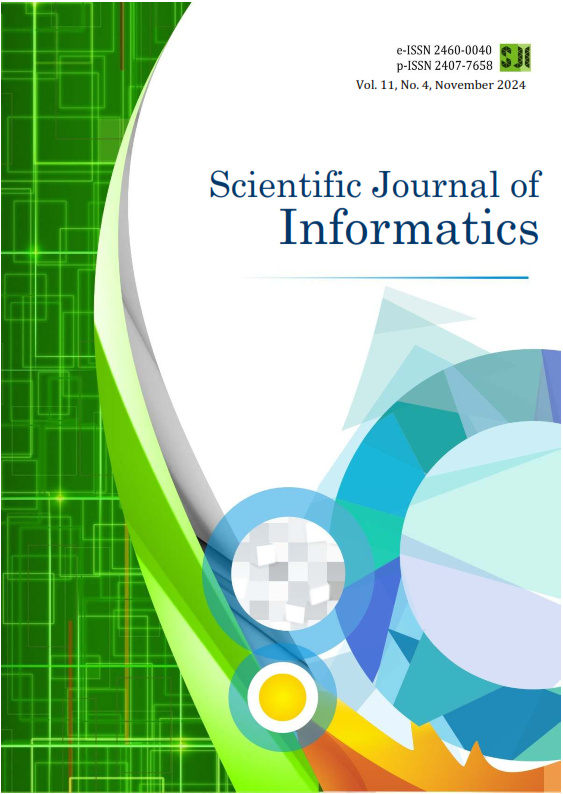Aesthetic Photography Analysis on Instagram: A Visual Study of Social Media using ATLAS.ti
DOI:
https://doi.org/10.15294/sji.v11i4.13985Keywords:
Aesthetic Photography, Visual Trend, Color Palettes, User Engagement, Instagram, Data analyticsAbstract
Purpose: This study aims to analyze the dominant trends in color and composition within aesthetic photography on Instagram and explore their influence on user interaction, specifically likes and comments. Given the growing role of visual aesthetics in digital marketing, understanding these elements is crucial for content creators, brands, and businesses aiming to maximize engagement. Unlike previous studies that focus on general social media engagement, this research integrates technology-driven qualitative analysis using ATLAS.ti, enabling structured coding and thematic identification of visual elements.
Methods: A qualitative content analysis was conducted on 591 Instagram posts tagged with #AestheticPhotography and #VisualAesthetic. Data was collected using Instagram scraping (PhantomBuster), extracting both visual (color palettes, composition techniques) and textual (captions, metadata) elements. The ATLAS.ti software was used to analyze recurring visual patterns and color extraction was performed via Google Colab and Python for accuracy.
Result: The results show that natural colors (48.18%) and pastel tones (30.90%) are dominant in aesthetic photography, contributing to higher engagement due to their harmonious and calming effect. Composition techniques such as center alignment (40.51%) and the Rule of Thirds (23.27%) significantly correlate with user interaction, as they align with cognitive load theory and visual perception principles. Additionally, short captions (≤10 words) were more effective in enhancing engagement, receiving 8,876 likes and 4,432 comments on average, compared to longer captions.
Novelty: This study bridges the gap between visual aesthetics and computational analysis, using ATLAS.ti to systematically examine social media trends. Unlike previous studies that focus solely on quantitative metrics, this research provides qualitative insights into how color and composition influence engagement. The findings offer practical guidance for content creators, designers, and marketers, suggesting that strong visual composition and color harmony can enhance audience engagement.

